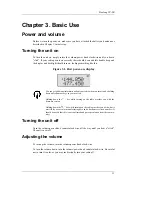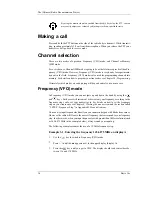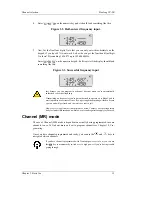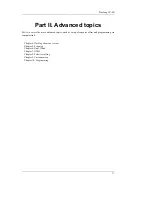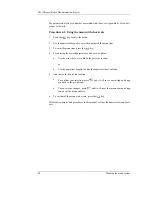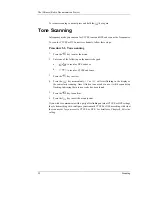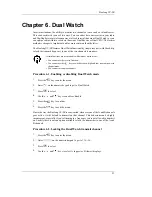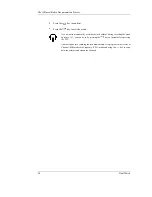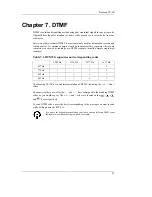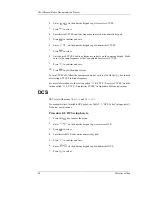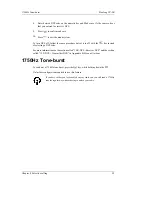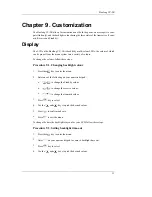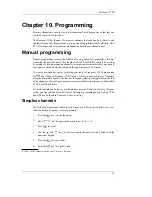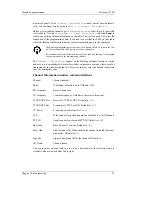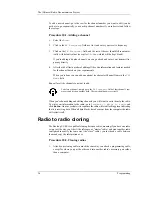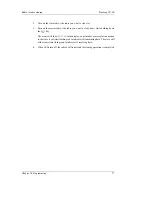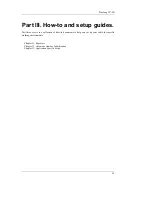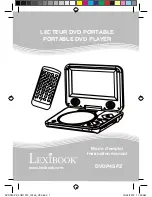
Baofeng UV-5R
27
Chapter 8. Selective calling
Some times when you're working with larger groups of people using the same channel,
things can get very crowded, very fast. To minimize this problem, several methods of
blocking out unwanted transmissions on your frequency has developed. In general, there
are two forms of selective calling in two-way radio systems: Group calling, and individ-
ual calling.
Group calling, as the name suggest, is a one-to-many form of communication. Every
radio in your working group is configured the same way and any radio will make contact
with every other radio in the group.
Individual calling, some times also known as paging, is a one-to-one form of communi-
cation. Every radio is programmed with a unique ID code. And only by sending out a
matching code can you get that radio to open up to your transmissions.
The Baofeng UV-5R features three different ways of group calling:
• CTCSS
• DCS
• Tone-burst (1750Hz)
The Baofeng UV-5R does not feature any form of individual calling.
Using these features does NOT mean that others won't be able to listen in on your
transmissions.
They only provide a method to filter out unwanted incoming transmissions. Any
communications made while using these features will still be heard by anyone not
employing filtering options of their own.
Also, you cannot change the CTCSS or DCS settings while in memory (MR) mode.
CTCSS and 1750Hz tone-burst are also popular methods among amateur radio operators
to open up repeaters.
CTCSS
CTCSS is set with menus 11
R-CTCS
and 13
T-CTCS
.
For a complete list of available CTCSS codes and corresponding sub-tone frequencies,
see Table C.2, “CTCSS Frequencies” in Appendix C, Technical specifications.
Procedure 8.1. CTCSS setup how-to
1.
Press the
key to enter the menu.
Summary of Contents for UV-5R Series
Page 1: ...Baofeng UV 5R The Chinese Radio Documentation Project http radiodoc github com Lennart Lidberg...
Page 6: ...The Chinese Radio Documentation Project vi Baofeng UV 5R...
Page 8: ...The Chinese Radio Documentation Project viii Preface...
Page 10: ...The Chinese Radio Documentation Project 2 Getting started...
Page 24: ...The Chinese Radio Documentation Project 16 Basic Use...
Page 26: ...The Chinese Radio Documentation Project 18 Advanced topics...
Page 34: ...The Chinese Radio Documentation Project 26 DTMF...
Page 38: ...The Chinese Radio Documentation Project 30 Selective calling...
Page 46: ...The Chinese Radio Documentation Project 38 Programming...
Page 48: ...The Chinese Radio Documentation Project 40 How to and setup guides...
Page 56: ...The Chinese Radio Documentation Project 48 Troubleshooting...
Page 68: ...The Chinese Radio Documentation Project 60 Menu definitions...
Page 74: ...The Chinese Radio Documentation Project 66 Colophon...

